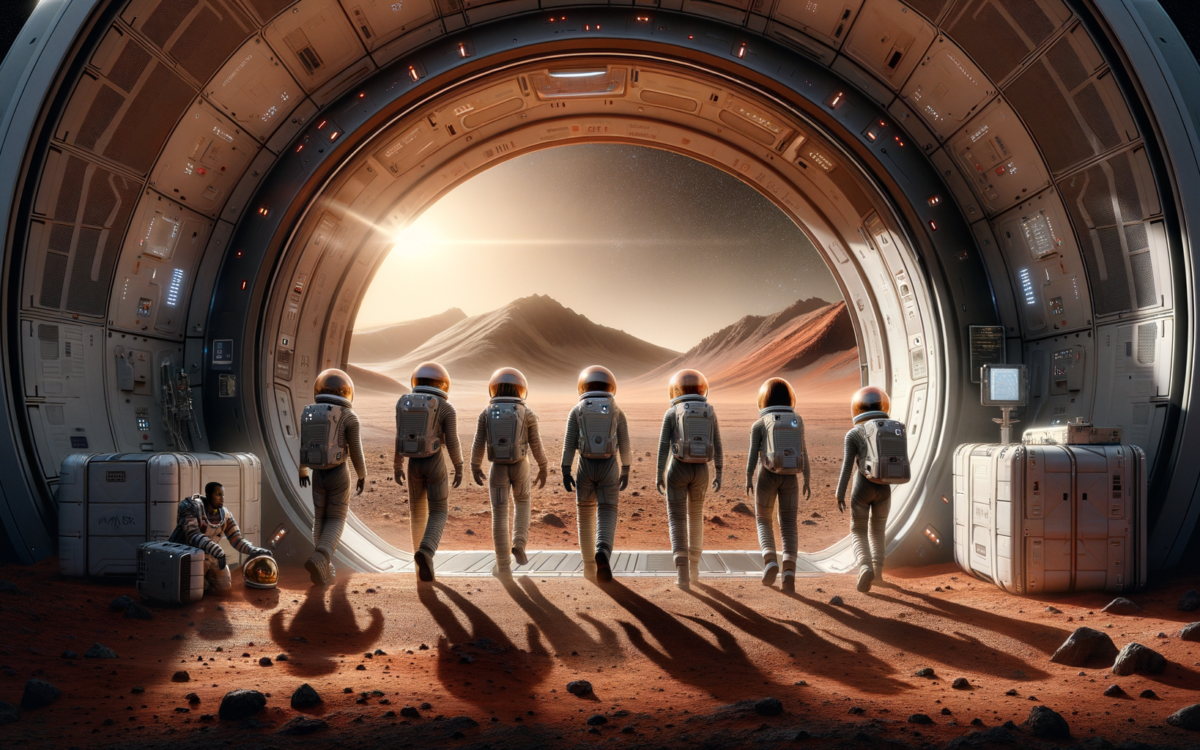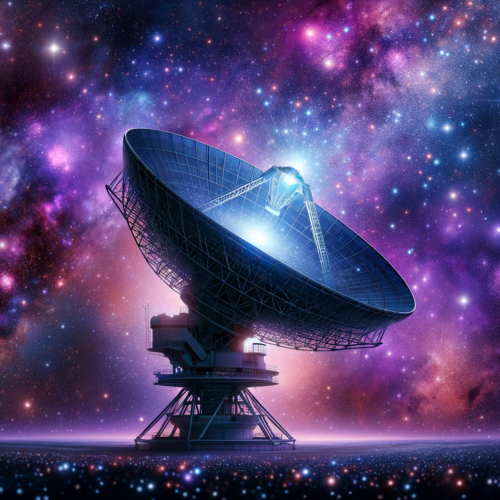Humans Take a Giant Leap in Mars Colonization Simulation
- NASA’s year-long Mars simulation examines the feasibility of colonizing the red planet, involving four volunteers in a detailed study.
- The simulation focused on the challenges of limited communication, food supply, and the mental health impacts of isolation on Mars.
- Future Mars simulation projects are planned, with applications for the next round opening in fall 2025.
The Red Planet Experiment
Imagine stepping onto Mars, or at least a version of it meticulously crafted to mimic the challenges of actual space colonization. This was the reality for Anca Selariu, Ross Brockwell, Nathan Jones, and Kelly Haston, who embarked on a 378-day journey in a simulated Martian habitat. Their mission? To provide valuable insights into what life might be like on one of Earth’s closest, yet still vastly different, cosmic neighbors.
Despite Mars and Earth sharing the same solar neighborhood, the differences are stark, with a nine-month journey time setting the stage for a minimum three-month stay before the next return window opens. The Crew Health and Performance Exploration Analog sought to understand these challenges deeper, using a 3D printed habitat as their base.
Life on Simulated Mars
Communication with Earth was anything but immediate, with at least a 22-minute delay simulating the real-time it takes for signals to traverse the cosmic distance between Earth and Mars. This isolation extended to the internet and social media, cutting off the usual instant connections we take for granted.
Then there was the question of sustenance. The crew’s diet was a mix of self-grown vegetables and shelf-stable food, a necessity in the face of the impracticality of regular, fresh deliveries. Simulated Mars walks in bulky spacesuits and the maintenance of habitat and equipment without external assistance further added to the realism of the experiment.
What Lies Ahead
The emotional emergence of the crew from the Johnson Space Center’s simulation facility marked the end of their extraordinary journey. Yet, it’s just the beginning for Mars Dune Alpha, the first in a series of planned Mars simulations. Although applications for the second round are closed, space enthusiasts and would-be Martians have the next round in fall 2025 to look forward to.
Jon’s Take
This experiment pushes the boundaries of our understanding and prepares us for the day humanity takes its first real steps on Mars. The dedication of these volunteers shines a light on the resilience and adaptability of humans, qualities that will serve us well in the vastness of space. As we look forward to future simulations and eventually setting foot on Martian soil, it’s clear that the truth isn’t just out there—it’s right here, in the spirit of exploration that propels us forward.
Original Article




